Meet us at

on 3rd & 4th October








If we go by what Arnold Schwarzenegger once said, way back in 1984, machines are always going to keep coming back in to the picture. Whether we harness the fear of that classic line “I’ll be back” or make it work for us, machines are here to stay, no matter what. Today we’re living in a world that was only imagined back then! We have come a long way since the invention of the worldwide network of computers and the exponential explosion in data storage and computation. Today, thanks to Artificial Intelligence (AI) and Machine Learning (ML), programs/machines can learn from each other.
As of February 2020, the Massachusetts Institute of Technology (MIT) stated that one of their research teams have identified, with the help of artificial intelligence, a new drug that can kill many of the antibiotic-resistant bacterias that have been plaguing us for decades.
👉 Image: Machine Learning Market – Fortune Business Insights
According to Fortune Business Insights, the global machine learning market is projected to grow from $15.50 billion in 2021 to $152.24 billion in 2028 at a CAGR of 38.6% in the forecast period.
Amidst all the splash and uproar created by machine learning, the digital industry is the one that is enjoying an immediate win. Companies are moving into collecting (either primarily or from secondary sources) millions of relevant data sets. They feed these data sets to teach machines just like we teach a three-year-old child. In fact, it might even be relatively simpler. They introduce huge chunks of data over a long period to algorithms that have the capability of viewing, understanding, analysing, and interpreting the data — resulting in appropriate and beneficial output.
Focusing on digital advertising, the industry is slowly understanding the criticality of machine learning in their day-to-day activities. Currently, a lot of business functions are being run manually.
The ever-increasing demand to understand marketing activities on a granular level has made manually operable activities redundant. With the increasing diversity of teams and workflows (such as inter-department communication, thousands of data sets, requests and instructions, and so on) it is becoming extremely difficult to cope with the dynamic demands of sales, operations, and financial aspects of the digital advertising business. Right now, all stakeholders are running operations on disparate technologies and managing multiple sources of revenue.
One of the primary challenges in the advertising industry is to understand who should be seeing your ads along with figuring out other parameters such as time, frequency, and so on.
👉 Image needed: Targeted Ads via Machine Learning – Philadelphia Tribune
Machine learning builds in the ability to understand the requirement and provide the best direction, using relevant data collected over years. Usually, manual effort is required to understand inventory and set specific targets for your campaign that you think works best. Machine learning can be used here to override the manual effort required to suggest placements, delivery method, targeting, and a lot of the other parameters that are ideal. This ensures successful implementation of campaigns, and you will be able to gauge all configurations and extract maximum returns with minimum effort.
As a former Conversion Rate Optimizer, I realised early on that this is a very important aspect of monetisation in the digital industry. Although I worked mainly with ecommerce businesses, the logic really applies to almost all digital operations. Understanding the right kind of audience was always an important way of structuring optimisation plans to make sure we are headed in the right direction. With machine learning, the work of a human to identify huge data sets, analyse, and conclude on the best audience to target is going to come down to efficiently using data and removing manual effort.
A vital element of a successful ad campaign is the placement of ads. It is important to have the ability to target the right people for the right things. You could have the best marketing ideas and the best creatives but if you end up showing an Igloo to an Eskimo, you won’t be able to close that deal. Well, unless you are already optimising that sales pipeline!
Once your ad campaigns are LIVE, you need to collect, view, and analyse reports that can give you actionable insights on further optimising your campaigns. Even though the analysis is mostly done manually, collecting the data sets all in one place is a huge task — considering the possibilities of multiple teams being a part of a single string of operations at a time. ML’s work here is to mainly report in a way that can be injected back into the system to optimise the way we work and gradually reduce effort and increase returns.
Each campaign always has a specific purpose. Every campaign’s end objective is to generate optimal returns for the crucial metrics identified for the campaign. The universal truth is that campaign performance is dependent on your inventory, ad placements, and metrics. Machine learning can help you identify the most optimal method of gauging results. Hence, instead of making changes or regretting in retrospect, machine learning will enable you to identify and set the right metrics for the right kind of campaigns, right from the beginning.
It isn’t wrong to assume that businesses are slowly going to incorporate machine learning in their daily operations to drive efficiency. As organisations acquire larger sets of relevant data, their processes and results will become refined. I believe that holding a repository of all ad operations is proving to be difficult today. But the industry is seeing trail blazers starting to work in a way that wasn’t thought of before, making the jobs a little easier.
Machine learning has long made its move from research to practical application. I think it is safe to say that content might just have been dethroned by this ‘artificial heir’ that is the powerhouse of algorithms.
© 2024 Voiro. All rights reserved
